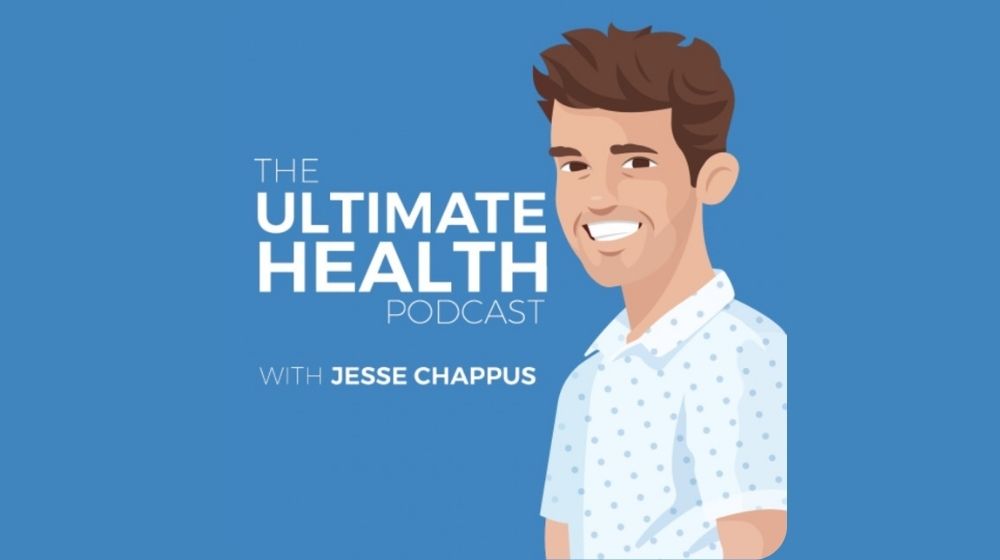Thinking and Feeling Brain | New Science Finds in Both Sides of Your Brain [PODCAST]
New Science Finds Thinking and Feeling in Both Sides of Your Brain
RELATED: Improve Brain Health And Productivity Levels Remotely With Prady Tewarie [PODCAST]
Thinking and Feeling Brain | New Science Finds in Both Sides of Your Brain [PODCAST]
When Dr. Jill Bolte Taylor was 37, she had a stroke that completely shut down the left hemisphere of her brain. Her eight-year recovery led her to some of the most significant discoveries of what our brains can do.
Dr. Jill is a Harvard-trained and published neuroscientist and neuroanatomist with a broad area of brain expertise. She's also well known for her TEDtalks since her stroke.
In this episode of Bulletproof Radio, we're talking all about her journey, insights, and new research.
For 50 years, we've believed that our right brain hemisphere is our emotional brain, while our left brain houses our rational thinking. Now neuroscience shows that it's not that simple. Instead, our dynamic limbic tissue is evenly between our two hemispheres, meaning each hemisphere has both an emotional brain and a thinking brain.
Simply put, the left brain defines your individuality. There's a group of cells working to take in more information to represent you constantly. The right brain processes everything through an emotional and not-so-linear lens, telling us we are as big and open and expansive as the universe.
“From my perspective, I became more when I experienced the stroke, because what I gained was the awareness that I was as big as the universe,” Dr. Jill explains. “As I gained my relationship to the atoms and molecules around me, I expanded and became open. And then I became aware that if I'm going to be a functional human being in the world, I needed to gain some of those skill sets back from that left hemisphere,” she says. “I have so much awareness now of who and what I really am as a living being.”
In her new book “,” Dr. Jill outlines four characters that map different parts of our brain. They correspond to the thinking and feeling elements in both brain hemispheres. Connecting and naming your four characters not only helps you better understand how your brain works but also can help you learn how to tune into your peace and presence.
Each of the four characters stems from specific groups of cells that feel unique inside our body; they each display skills, feel certain emotions or think distinctive thoughts. This paradigm marries your psychology with your brain anatomy.
In this podcast, Dr. Jill will explain how and what that means for you.
“I kind of look at these [four characters] as trees and our thoughts and our emotions and our behavior as the leaves on that tree,” Dr. Jill says. “But the roots are really where the issues are.
If we understand the anatomy of what goes on in our emotions, thoughts, and behavior, we can communicate at a core level. So it's a whole new level of intimate communication.”
Up Next:
Trending
Tongue Color | 7 Scary Tongue Color Meanings
Lecithin Benefits and Side Effects: 10 Surprising Truths
Get Updates
SIGN UP FOR OUR NEWSLETTER TODAY


